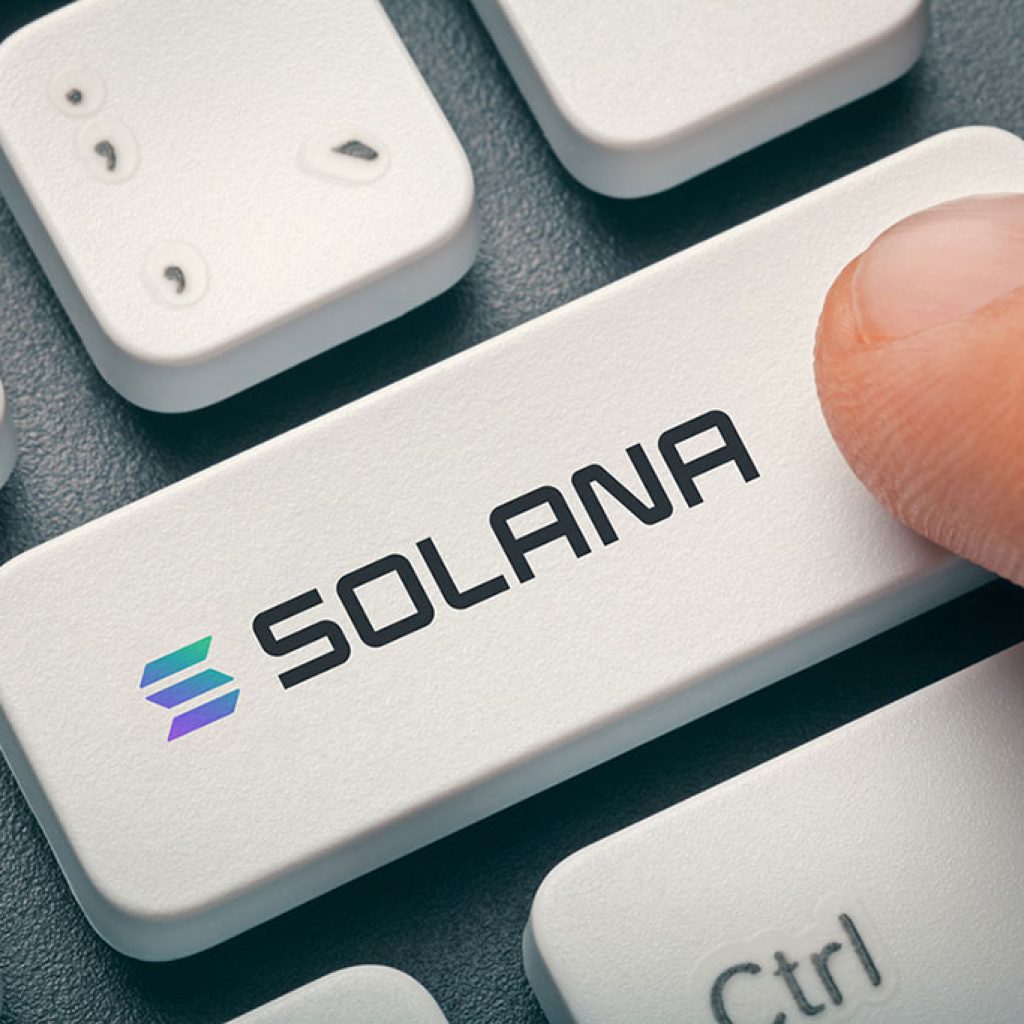The Shiba Inu (SHIB) ecosystem was buzzing with anticipation as the Shibarium network launched. But instead of a triumphant entry, SHIB tokens nosedived by around 9%, catching many investors off guard.
Let’s dive into the chain of events that put a damper on what was supposed to be a transformative moment for the SHIB community.
The Shibarium Hiccup
Excitement turned to confusion for many SHIB enthusiasts when reports emerged of transactional stalling on the Shibarium network, just hours after its live debut. With
a whopping 954 ether (ETH) and a significant portion of Bone (BONE) tokens – Shibarium’s governance token – held up, alarm bells started ringing. And when attempts to bridge tokens to the much-anticipated Shibarium network proved futile, a cloud of uncertainty began to form.
But the drama didn’t end there. The community’s attempts to discuss these anomalies hit a wall when they found themselves barred from the primary communication channels on Discord.
Now, this doesn’t necessarily spell doom; bridging tools, which are essential for transferring tokens across networks, have always been a vulnerable component of the cryptocurrency landscape. But for a launch as hyped as Shibarium’s, such glitches are less than ideal.
For those out of the loop, Shibarium isn’t just a novelty project. It represents SHIB’s aspiration to shed its meme coin image, born in August 2020, and emerge as a formidable blockchain entity.
Envisioned as a hub for financial services and gaming, the network’s intent was clear: to attract users with the promise of low fees and a thriving ecosystem.
And with tokens such as BONE, SHIB, and LEASH powering applications, particularly in the metaverse and gaming sectors, Shibarium was seen as a game-changer.
Community’s Trust in Balance
Yet, as the community grappled with the initial glitches, token values reflected the unease. Beyond SHIB’s 9% dip, BONE and LEASH suffered even steeper declines of 13% and 25%, respectively.
Such fluctuations following a network launch are not unprecedented, but they do signify the community’s shaken sentiment. An internal discussion among Shibarium developers hinted at an inability to reclaim assets previously bridged to the network.
And while blockchain experts could not immediately confirm these speculations, they were quick to highlight that key network components were non-operational, leaving many to wonder about the health and stability of the nascent Shibarium.
As whispers of locked funds grew louder, Shib’s lead developer, Shytoshi Kusama, stepped in to dispel the swirling rumors. In a stern response to the community’s concerns, Kusama reassured investors that their funds were secure.
He attributed the delays to an overwhelming influx of transactions, which the network wasn’t prepared to handle. To put it in perspective, the traffic surge was beyond anything they had anticipated.
While the SHIB community had set its sights on a substantial appreciation of its key tokens following the Shibarium network’s launch, reality has served up a mixed bag. Glitches, rumors, and the resulting price fluctuations have stirred a cauldron of doubt.
However, it’s crucial to remember that the road to innovation is seldom smooth. And while the Shibarium launch has hit some bumps, the SHIB community’s resilience and the developers’ commitment could yet steer the ship to calmer waters.





